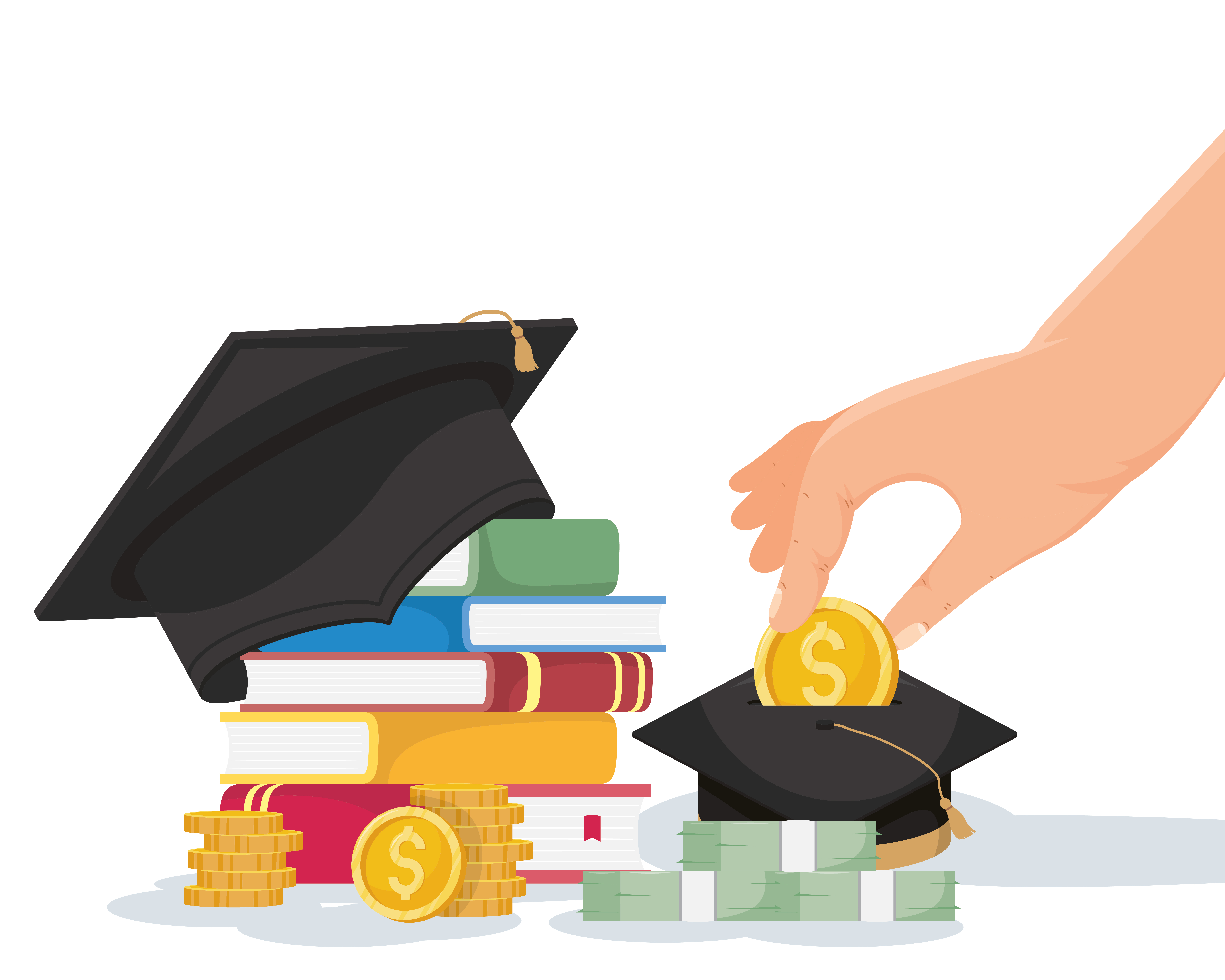
Pursuing higher education often requires financial assistance, and student loans are a common avenue for funding education. Understanding the various types of student loans available is crucial for students and their families to make informed financial decisions. This article aims to explore the different types of student loans, their characteristics, and how they impact the lives of students.

Types of Student Loans
- Federal Student Loans: Federal student loans are funded by the U.S. Department of Education and offer advantages like fixed interest rates, flexible repayment plans, and potential loan forgiveness programs. These loans are usually accessible to students with varying financial backgrounds and credit histories. There exist various categories of federal student loans, encompassing:
- a. Direct Subsidized Loans: These loans are based on financial need, and the government pays the interest while the student is in school, during the grace period, and during deferment.
- b. Direct Unsubsidized Loans: Accessible to both undergraduates and postgraduates, these loans do not hinge on financial necessity. Interest accrues from the disbursement date, and students are responsible for repaying it.
- c. Direct PLUS Loans: These loans are for graduate or professional students and parents of dependent undergraduate students. The borrower’s credit history is considered, and interest begins to accumulate immediately after disbursement.
- d. Perkins Loans: A need-based loan for undergraduate and graduate students with a low, fixed interest rate. However, Perkins Loans are not as common as other federal loans and are awarded by participating schools.
- Private Student Loans: Private student loans are offered by private lenders like banks, credit unions, or online lenders. Interest rates, terms, and conditions for private loans can vary significantly based on the lender, creditworthiness, and other factors. Private loans may require a co-signer, particularly for students with limited credit history or income.
- State-Sponsored Loans: Many states offer their own student loan programs to residents, providing competitive interest rates and borrower benefits. These loans may be based on financial need or other criteria, varying from state to state. State-sponsored loans can be a good option for those seeking additional funding beyond federal aid.
- Institutional Loans: Some universities and colleges offer institutional loans to students. These loans are often need-based and have specific repayment terms set by the institution. Interest rates and conditions may vary, and students should carefully review the terms before accepting such loans.
- Refinanced Student Loans: Loan refinancing involves taking out a new loan to pay off existing student loans, often to secure a lower interest rate or change the repayment terms. This option is typically available for both federal and private student loans, but it’s important to note that refinancing federal loans may result in the loss of federal benefits and protections.

Characteristics and Terms of Student Loans
- Interest Rates: Interest rates play a significant role in the overall cost of student loans. Federal student loans typically have fixed interest rates set by the government, offering stability throughout the repayment period. In contrast, private loans may have fixed or variable interest rates, often based on creditworthiness and market conditions.
- Repayment Terms: Repayment terms dictate how long borrowers have to repay their loans and the monthly payment amounts. Federal loans generally offer flexible repayment options, including income-driven repayment plans, extended repayment, and deferment or forbearance in times of financial hardship. Private loans may have fewer flexible options and a standard repayment schedule.
- Loan Limits: Both federal and private student loans have maximum borrowing limits. Federal loan limits vary based on factors such as dependency status, grade level, and whether the student is an undergraduate or graduate. The lender sets the private loan thresholds, which can vary greatly.
- Grace Period and Deferment: Federal loans typically offer a grace period after graduation or dropping below half-time enrollment before repayments begin. During this period, interest may or may not accrue, depending on the loan type. Deferment allows borrowers to temporarily postpone payments due to specific circumstances, such as economic hardship or returning to school.

Impact of Student Loans on Students
- Financial Burden: Student loans can create a significant financial burden for borrowers, impacting their ability to save, invest, or make other major life decisions. High levels of student loan debt may delay milestones such as buying a home, starting a family, or saving for retirement.
- Credit Score and History: Student loans play a crucial role in establishing a borrower’s credit history and credit score. Timely payments can positively impact credit, enabling borrowers to access other financial products and services in the future. Conversely, missed payments or defaulting on loans can severely damage one’s creditworthiness.
- Career Choices: The burden of student loans may influence a graduate’s career choices. Graduates may opt for higher-paying jobs to meet their loan repayment obligations, potentially prioritizing financial stability over their true career interests.
- Loan Forgiveness and Repayment Options: Some federal student loans offer forgiveness programs, where a portion of the debt is forgiven after a specified number of qualifying payments and employment in certain fields. Additionally, income-driven repayment plans adjust monthly payments based on income, potentially making loan repayment more manageable.
You can also read : Finance Planner: Master Your Finances
Understanding the different types of student loans, their characteristics, and the impact they have on the lives of students is crucial for making informed financial decisions. Federal, private, state-sponsored, and institutional loans all have unique features, repayment terms, and implications for borrowers. Students and their families should carefully evaluate their options and consider the long-term financial impact of student loans on their lives. Additionally, exploring loan forgiveness programs and repayment options can help alleviate the burden of student loan debt and pave the way for a financially secure future.